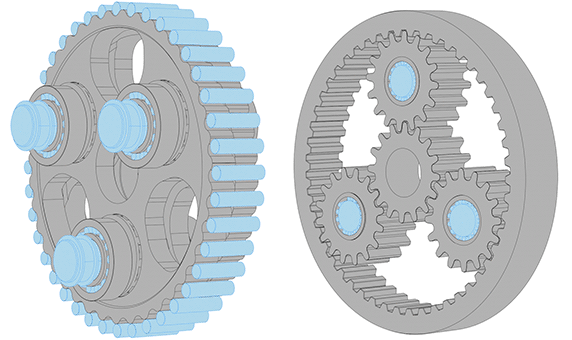A gear is a rotating circular machine part having cut teeth or in the case of a cogwheel or gearwheel inserted teeth called cogs which mesh with another compatible toothed part to transmit convert torque and speed. Consecutive readings in 2nd and 3rd gear are employed for vehicles with more than 4 forward gears with the noise emissions level being defined as the arithmetic mean of the two maximum sound levels.

Figure 1 From Cycloid Vs Harmonic Drives For Use In High Ratio Single Stage Robotic Transmissions Semantic Scholar
Dear Twitpic Community - thank you for all the wonderful photos you have taken over the years.

. Passenger cars with manual transmission and a maximum of 4 forward gears are tested in 2nd gear. The mechanical advantage of a pair of. We have now placed Twitpic in an archived state.
A gear may also be known informally as a cog. For information on South Africas response to COVID-19 please visit the COVID-19 Corona Virus South African Resource Portal. Where N A is the number of teeth on the input gear and N B is the number of teeth on the output gear.
Enter the email address you signed up with and well email you a reset link. The velocity v of the point of contact on the pitch circles is the same on both gears and is given by where input gear A with radius r A and angular velocity ω A meshes with output gear B with radius r B and angular velocity ω BTherefore. The basic principle behind the operation of gears is analogous to the basic principle of levers.

Figure 5 From Cycloid Vs Harmonic Drives For Use In High Ratio Single Stage Robotic Transmissions Semantic Scholar

Testing Cycloidal Vs Harmonic Drive 3d Printed Reducers Youtube

Testing Cycloidal Vs Harmonic Drive 3d Printed Reducers Youtube

0 Comments